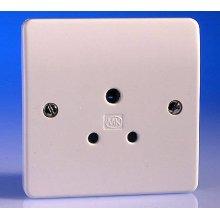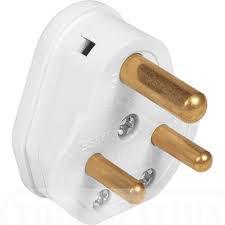I've just installed a new TV in the bedroom mounted on a built in wardrobe and wondering if there's any valid reason in the regs why I can't power it from the lighting circuit.
It's a LED TV with max power of 40W and any socket would be inside the built in wardrobe around head height so no chance of someone coming along and plugging in any other electrical devices. Bringing the power in thru the ceiling will be hell of a lot less hassle for me than pulling up floorboards inside and outside the wardrobe so that's my main motivation just wondering if it would be outside of any current regs or unsafe to do so.
Thanks
It's a LED TV with max power of 40W and any socket would be inside the built in wardrobe around head height so no chance of someone coming along and plugging in any other electrical devices. Bringing the power in thru the ceiling will be hell of a lot less hassle for me than pulling up floorboards inside and outside the wardrobe so that's my main motivation just wondering if it would be outside of any current regs or unsafe to do so.
Thanks



